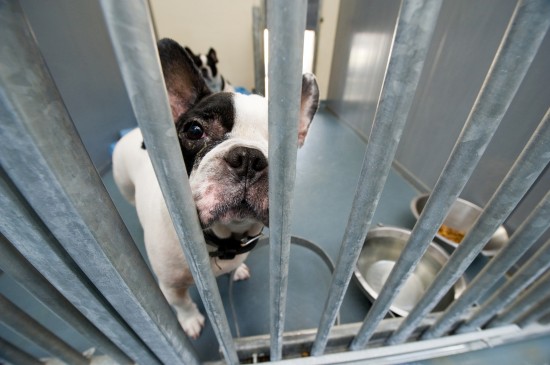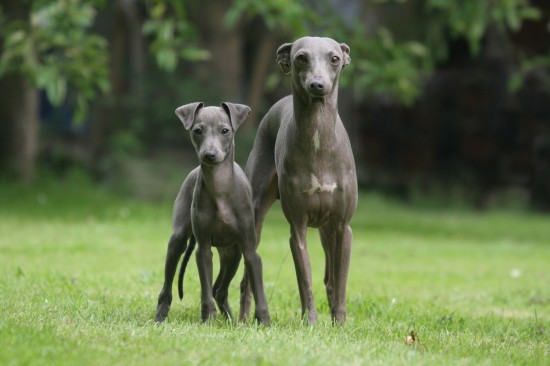
There is no escaping the reality that Koi make huge demands on the pond in which they live. A well designed pond will have taken this into consideration in the design of the pump and filter system. In nature water volumes are larger, free-flowing and full of plant life which are not features of a closed pond system unless well designed. Hence a well equipped pump and filter system seeks to replicate the natural features of any fish habitat.
Your Koi Filter
If you look inside your filter you will see that at its heart it is a mass of some fibrous material that is designed to mechanically remove pollutants from the water as it is forced through by the pump. But this is not the total story. What is perhaps more important is a host of biological activities taking place alongside this mechanical filter. Families of bacteria will grow in your Koi filter and commence a whole series of biological processes. Once your filter and pump system are started these bacteria will grow naturally within your Koi filter. You can howeverpurchase packs of bacteria that will speed the build up of this natural process.
What You Cannot See
These biological activities are complex and a full description beyond the scope of this article. However to give you some idea let's take a quick look at what is going on in this biological activity that is invisible to the human eye. The waste excreted by the Koi together with other rotting material like leftover food and leaves are broken down to ammonia. This build up of ammonia is detrimental to Koi unless something is done about it. However within the biology of the Koi filter bacteria breakdown the ammonia to nitrites. The problem is that nitrites are just as harmful to the Koi as ammonia. So we are only part of the way to solving our problem. However another family of bacteria should be present and they convert the nitrites to nitrates. Fortunately nitrates are no way near as harmful to the Koi but what is helpful is that they are food for the plants and algae in your pond. These biological bacterial process within the filter can only take place in the presence of oxygen hence oxygen is not only needed for the fish but also for the bacteria in your filter. Suitable aeration of the water is also an important part of managing your Koi filter. If oxygen levels in your water drop so does the work of the filter.
Deal With Algae
One additional point to be remembered is that your plant life is necessary to remove the nitrates from the water. If nitrates levels build up enough your Koi will suffer and your algae will get out of control. If your plant life is sufficient and vigorous enough it will remove the nitrates from the pond water thus starving the algae of food to grow. This is something you really want to achieve for a good-looking pond. Your plant life is vital for the good maintenance of your Koi filter.
Cleaning
A well designed pond filter will make cleaning the mechanical part of the Koi filter a fairly simple process. Such filters usually employ some sort of backwash making it possible to flush the solid materials caught by the filter out of the filter and the pond. This backwash should be done on regular basis and the regularity will depend on the size of your filter relative to the size of the pond and the amount of solid wastes finding their way into your pool. Adverse weather conditions may call for a more regular routine.
Ultra-violet Light in Your Koi Filter
In many filters water leaving the filter will be passed under an ultra-violet light source which kills harmful bacteria which assists in keeping your Koi healthy. The only point to be made here is that the bulbs used as an ultra-violet light source need changing usually every year, or when they fail to light. Checking that the bulb is working should be part of your backwash routine. Do not run the bulbs longer than indicated by the manufacturer since the output intensity of ultra-violet light falls off rapidly as the bulb ages. Even if light is observed change the bulb as indicated by the manufacturer.
Chemical testing
If the pond is well designed and all systems are working as intended chemical testing is hardly needed. However such perfection is not always achieved or maintained over the long-term. Three quick chemical tests should be performed on a regular basis, the pH value, and testing for ammonia and nitrites. As already indicated both ammonia and nitrites are harmful to your Koi and if these levels get too high you will need to address the situation urgently. If you address the situation early, it will be a lot easier to correct. The whole point of regular testing is to catch any imbalances early giving you more time to correct these imbalances. If levels begin to rise check that the Koi filter is still operational. Check for rotting material that may have fallen into the pond, a dead Koi or a dead animal or a build up of uneaten food or leaves. Keep in mind that if your fish are growing you may simply have reached the stage where you have too many Koi and need to make some adjustments on the size of your Koi population or a review of your whole filter system. While we have suggested only three quick regular tests, if things start to get out of balance you should start doing a full test. The cost of a complete test kit is well worth the price when compared to losing all your Koi.
Pollutants
Unfortunately this can be a long list. Anything you don't want in your pond is a pollutant. Keep a regular and watchful eye for anything that may threaten the natural balance of your Koi pond.
For more information visit http://www.koihowto.com and recognise that keeping Koi need not be a nightmare but a rewarding hobby.
 Teaching Your Children To Respect Your Dog
Teaching Your Chi
Teaching Your Children To Respect Your Dog
Teaching Your Chi
 Tackling Behavioural Problems In Adopted Dogs
Tackling Behaviou
Tackling Behavioural Problems In Adopted Dogs
Tackling Behaviou
 Does The Italian Greyhound Make For A Good Pet?
Does The Italian
Does The Italian Greyhound Make For A Good Pet?
Does The Italian
 When Your Gerbil is Missing
“Age does not protect you from love, but love to some
When Your Gerbil is Missing
“Age does not protect you from love, but love to some
 Ultimate Way To Learn About These Amazing Creatures
Ultimate Way To Learn About These Amazing Creatures
Ultimate Way To Learn About These Amazing Creatures
Ultimate Way To Learn About These Amazing Creatures
Copyright © 2005-2016 Pet Information All Rights Reserved
Contact us: www162date@outlook.com